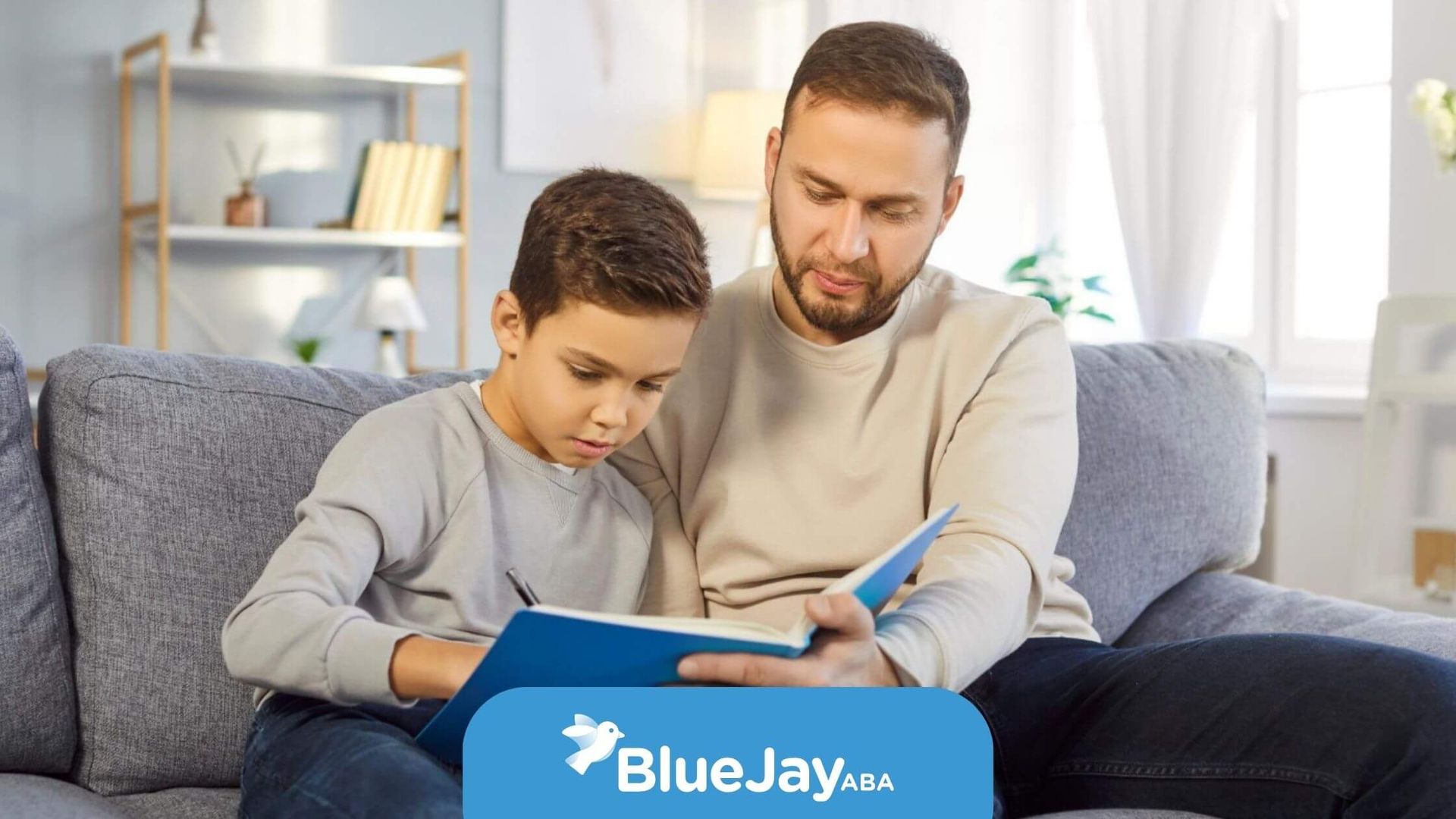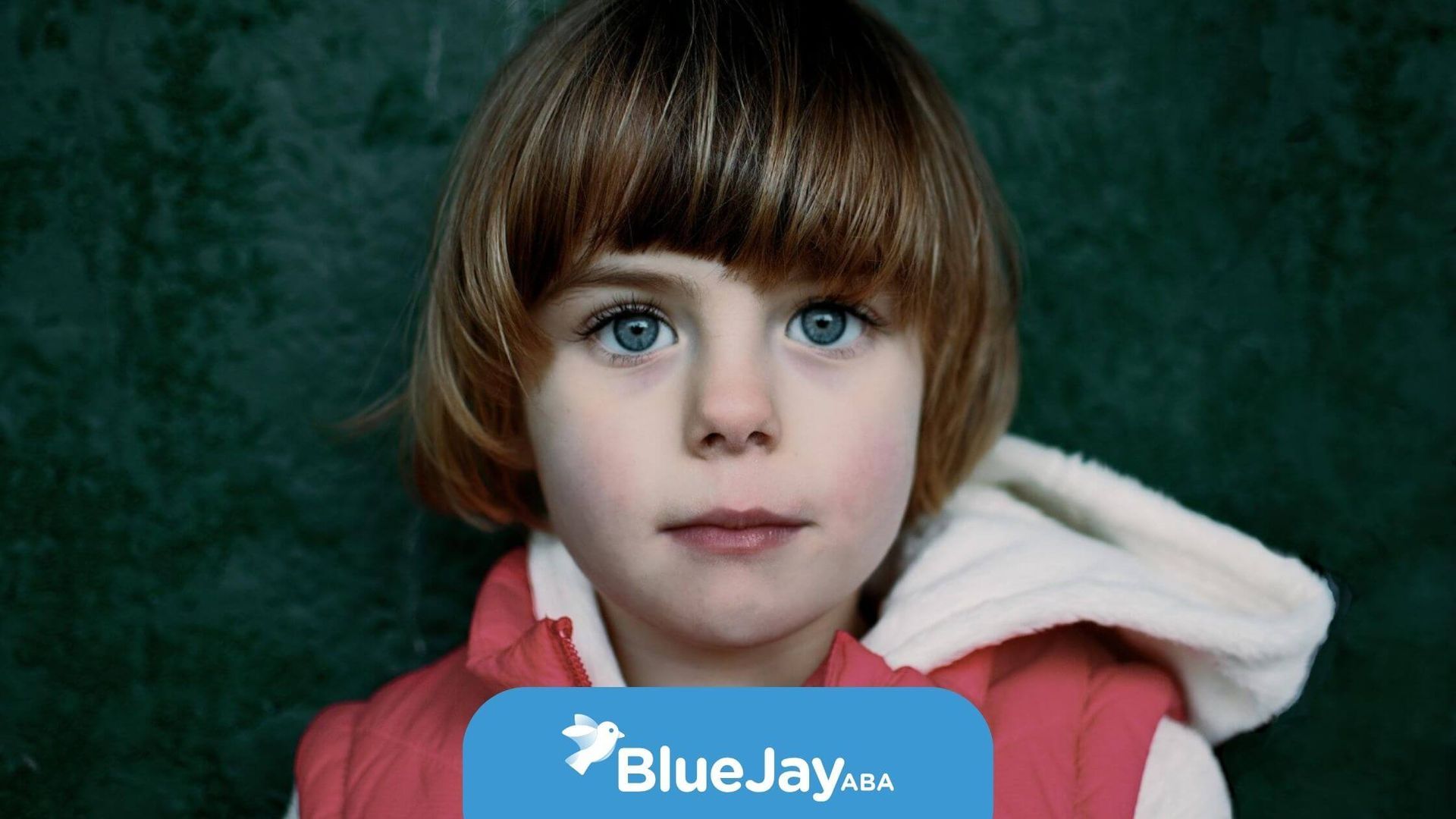Powerful ABA Therapy Success Stories That Highlight Change
ABA therapy success stories showcase the potential for meaningful developmental gains through applied behavior analysis (ABA). Families across North Carolina and beyond have documented improvements in communication, social interaction, adaptive skills, and daily living abilities. These narratives reflect measurable progress that resonates with parents, educators, therapists, and individuals with autism spectrum disorder.
Applied behavior analysis uses principles of learning theory to understand behavior causes, identify environmental triggers, and teach new skills through positive reinforcement. With consistent, evidence-based techniques and individualized goals, ABA can transform challenges into strengths. The following sections explore foundational methods, real-world examples, standardized outcome measures, and key factors that drive successful outcomes.
Foundations Of ABA Therapy
Principles And Techniques
ABA therapy centers on analyzing how behaviors are acquired and maintained. Clinicians break tasks into small, teachable steps, then reinforce desired responses immediately. Discrete trial training (one-on-one teaching technique) offers clear structure by presenting a prompt, response opportunity, and feedback in rapid succession. Natural environment teaching embeds learning within everyday routines like mealtime or playtime, promoting generalization across settings.
Positive reinforcement remains at the core of ABA interventions. Children earn rewards—praise, tokens, preferred activities—for demonstrating target behaviors. Over time, these behaviors increase in frequency and independence. Functional behavior assessments help identify the purpose behind challenging actions and guide development of replacement skills.
Early Intensive Intervention
Research shows earlier and more intensive ABA programs yield stronger gains. Early intensive behavioral intervention (EIBI), typically 25 to 40 hours per week for two or more years, can produce significant improvements in cognition, language, and daily living skills. In a landmark study by Ole Ivar Lovaas, nearly half of children receiving 40 hours weekly achieved average intellectual functioning compared to 2% in a control group. These findings underscore the value of prompt diagnosis and sustained support.
Showcasing Success Stories
Tim’s Leap In Communication
At age 3, Tim spoke fewer than ten words and rarely initiated conversations. His family enrolled him in an ABA program offering 30 hours per week focusing on expressive language and social initiation. Within six months, Tim’s expressive vocabulary expanded to over 50 words. He progressed from single-word requests to two- and three-word phrases, using functional language to ask for items and share observations.
Clinicians used a combination of discrete trial training and natural environment teaching to reinforce words related to favorite toys and daily routines. Gradually, Tim began greeting family members and peers spontaneously. By age 5, he had joined a mainstream preschool class with support, using his new communication skills to engage in group activities.
Ava’s Social Breakthrough
Ava, then 5, struggled with eye contact, turn-taking, and cooperative play. Her ABA plan incorporated peer-mediated sessions where a trained therapist guided interactions with typically developing classmates. Over nine months, Ava mastered simple play routines like rolling a ball back and forth and following multi-step game rules.
Data collected on joint attention (sharing focus on an object) showed a 70% increase in targeted sessions. Clinicians integrated social scripts and role-play, which helped Ava generalize skills beyond therapy. She began initiating play invitations and responding to peers’ bids, easing her transition into inclusive kindergarten settings.
Liam’s Daily Living Milestones
Six-year-old Liam required assistance with self-care tasks like dressing and feeding. His ABA program prioritized adaptive skills training, with discrete tasks such as buttoning, zipping, and utensil use. Therapists broke each skill into manageable steps, like placing a hand on the zipper, pushing it up, and securing the pull tab, reinforced each successful action.
After four months, Liam managed to dress himself independently in the morning and use utensils at mealtimes without prompts. Parents reported a 60% reduction in daily frustration and a noticeable boost in Liam’s self-confidence. These gains translated into a smoother morning routine and more positive family interactions.
Anya’s Family-Led Progress
At age 2, Anya’s parents joined a 12-week parent-child education program based on naturalistic ABA techniques. They learned to embed language and play targets into daily interactions. By the sixth session, Anya began using multiple single words spontaneously and routinely. Her play evolved from repetitive movements to pretend scenarios, such as feeding a doll.
The program emphasized parent empowerment, reducing caregiver stress and increasing optimism about influencing their child’s development. Follow-up assessments showed sustained gains in communication and play skills three months post-program.
Measuring Developmental Gains
Standardized Assessment Tools
Clinicians rely on validated measures to track progress objectively. Commonly used tools include:
| Assessment Tool | Areas Measured |
|---|---|
| Vineland Adaptive Behavior Scales (VABS) | Communication, socialization, daily living skills |
| Verbal Behavior Milestones Assessment and Placement Program (VB-MAPP) | Language, learning, social skills |
| Assessment of Basic Language and Learning Skills-Revised (ABLLS-R) | Academic skills, self-help, motor abilities |
These instruments provide baseline scores and periodic updates, helping teams adjust goals and monitor growth over time. Progress in one domain often predicts gains in others, illustrating ABA’s holistic impact.
Research Findings
Multiple meta-analyses and controlled studies highlight substantial effects of ABA interventions. Key findings include:
- Forty-seven percent of children receiving 40 hours of one-on-one ABA weekly for two years reached average intellectual and educational functioning compared to only 2% of a control group.
- Comprehensive Lovaas-based programs yielded medium to large effect sizes in language development (receptive ES 1.48, expressive ES 1.47), intellectual functioning (ES 1.19), daily living skills (ES 0.62), and social functioning (ES 0.95) relative to non-intervention controls.
- Early intensive behavioral intervention improved adaptive behavior by a mean difference of 9.58 compared to treatment as usual.
- Over 89% of ABA studies report significant improvements in cognition, communication, social skills, and adaptive behaviors across diverse cohorts.
These outcomes confirm ABA’s status as the gold standard for supporting individuals with autism spectrum disorder.
Factors Influencing Success
Several elements contribute to positive ABA outcomes. Recognizing these factors can guide families and professionals in designing effective programs.
- Early Intervention
Initiating ABA before age 5 maximizes neuroplasticity, leading to stronger gains in communication and adaptive skills. - Therapy Intensity
Programs delivering at least 25 hours per week tend to yield measurable progress in key developmental domains. - Family Involvement
Training caregivers to apply ABA techniques at home promotes generalization and maintenance of learned skills. - Therapist Expertise
Board Certified Behavior Analysts (BCBAs) ensure treatment fidelity, data-driven adjustments, and individualized goal setting. - Individualization
Tailoring interventions to each person’s interests, strengths, and challenges fosters motivation and engagement.
Combining these elements within a cohesive plan increases the likelihood of sustainable change and empowers families to support ongoing development.
Conclusion
ABA therapy success stories illustrate how targeted, evidence-based interventions can lead to dramatic improvements in communication, social skills, daily living abilities, and overall quality of life. Children who begin early, receive consistent hours of therapy, and benefit from active caregiver participation often achieve the most robust outcomes.
Families and professionals should collaborate to set clear, measurable goals, select appropriate assessment tools, and monitor progress regularly. When seeking services, verify that providers offer individualized plans overseen by certified behavior analysts and demonstrate a track record of data-driven success.
At Blue Jay ABA, we specialize in providing personalized ABA therapy in North Carolina that makes a meaningful difference in the lives of children with autism and their families. With evidence-based interventions, we focus on enhancing communication, social skills, and daily living abilities, empowering children to reach their full potential.
Contact us today to learn more about our tailored ABA therapy services, how we work with families to set and monitor goals, and how we ensure the best outcomes through certified behavior analysis. Let us help you achieve measurable progress and lasting success for your child.
Frequently Asked Questions
What are the key components of successful ABA therapy?
Successful ABA therapy involves individualized plans, clear goal setting, active family participation, and ongoing progress monitoring. It’s essential that the therapy is consistent and data-driven to achieve the best outcomes.
How can I ensure that my child’s ABA therapy is effective?
Work with a certified behavior analyst who develops an individualized plan based on your child’s unique needs. Regularly assess progress, adjust goals as needed, and actively engage in the therapy process to ensure long-term success.
What is the ideal time to start ABA therapy for my child?
The earlier you start, the better. Children who begin therapy early and receive consistent support tend to show the most significant improvement in their skills and overall quality of life. Early intervention is key to maximizing potential.
SOURCES:
https://pmc.ncbi.nlm.nih.gov/articles/PMC8702444/
https://www.reddit.com/r/ABA/comments/149pgdb/lets_here_some_success_stories/
https://www.heyasd.com/blogs/autism/aba-therapy-success-stories-real-life-experiences?srsltid=AfmBOor6aUd2U7eou4F5r0qGuKuT05TiElgVKbJGmw57f15TmC8plFQW
https://www.quora.com/What-successful-ABA-therapy-stories-do-you-have
https://www.abatherapistjobs.com/blog/social-stories-for-kids-in-aba-therapy
Related Posts





